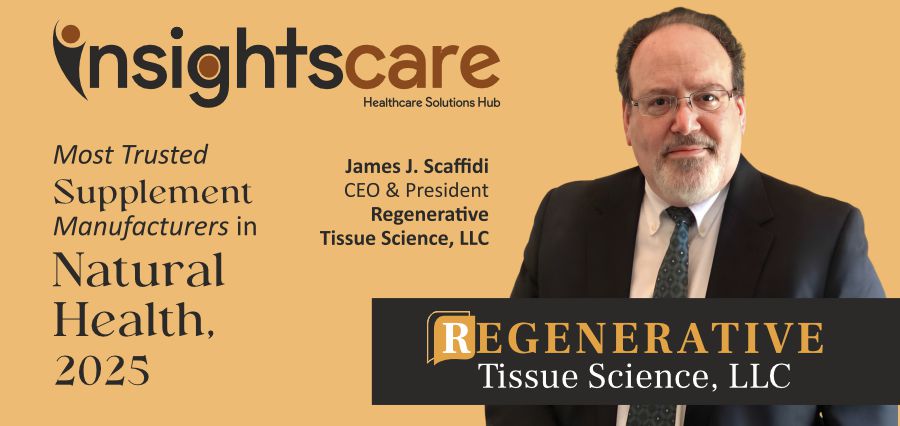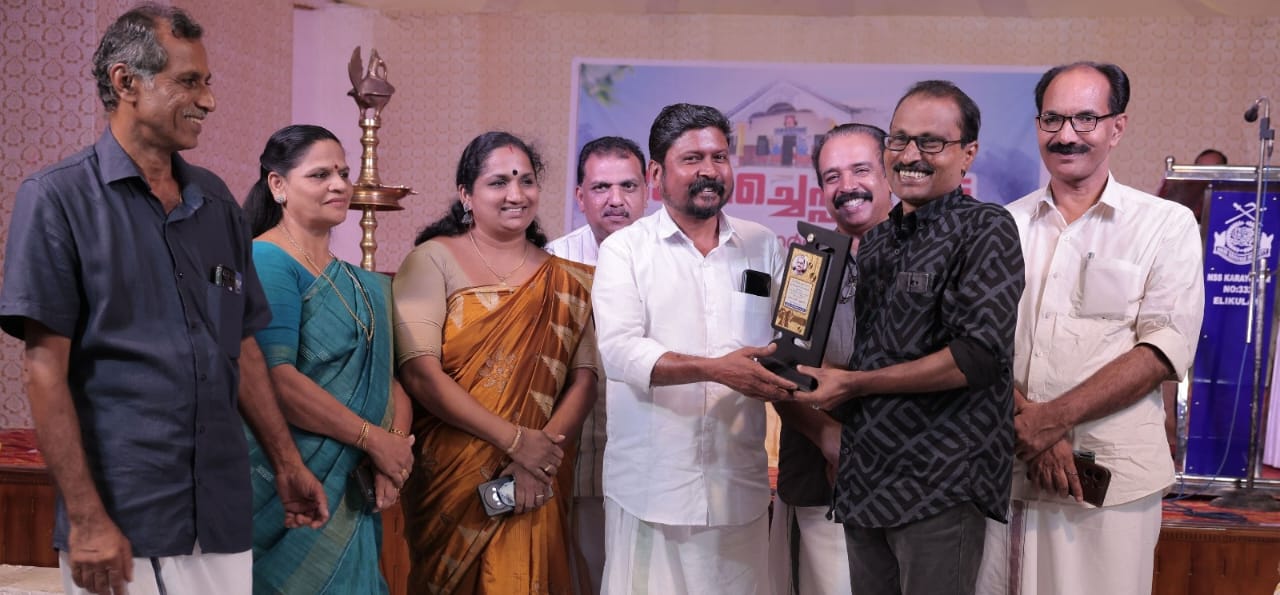In the world of assisted reproductive technology, in vitro fertilization (IVF) stands as a beacon of hope for countless couples struggling with infertility. At the heart of this groundbreaking process lies a critical component often overlooked by the general public: the culture media in which embryos develop. Recent years have witnessed remarkable progress in this field, particularly in Europe, where innovations in IVF culture media are reshaping the field of reproductive medicine.
The Journey from In-House to Commercial Media
The early days of IVF saw laboratories concocting their own culture media with limited quality control measures. This practice, while groundbreaking for its time, left room for inconsistencies and potential risks. The advent of commercially produced media marked a significant turning point in the industry. These standardized products, manufactured under strict quality guidelines, brought a new level of reliability and safety to the IVF process.
Commercial media formulations are carefully crafted to provide embryos with an optimal blend of nutrients, vitamins, and growth factors. This precision in composition aims to mirror the supportive environment found within the female reproductive tract, fostering healthier embryo development and improving the chances of successful implantation.
Sequential Media: Mimicking Nature’s Design
One of the most notable innovations in IVF culture media is the development of sequential media systems. These sophisticated formulations are designed to change over time, reflecting the dynamic nutritional needs of developing embryos as they progress through various growth stages. By closely replicating the shifting conditions an embryo would encounter in vivo, sequential media have shown promising results in enhancing embryo quality and boosting implantation rates.
The impact of these advancements is not merely theoretical. European researchers have conducted numerous studies to evaluate the effects of different culture media on embryo development and pregnancy outcomes. One particularly intriguing study from the Netherlands compared two widely used media: Vitrolife G-1 PLUS and SAGE 1-Step. The findings revealed that embryos cultured in SAGE 1-Step exhibited accelerated growth, especially in male embryos, compared to those in Vitrolife G-1 PLUS and naturally conceived embryos. This discovery underscores the profound influence that culture media composition can have on embryonic development trajectories.
Time-Lapse Technology: A Window into Embryo Development
The quest for improved embryo selection has led to the integration of time-lapse monitoring technology with advanced culture media. This non-invasive approach allows embryologists to observe and assess embryo development continuously, without disturbing the delicate culture environment. When combined with optimized culture media, time-lapse monitoring has demonstrated the potential to significantly enhance pregnancy rates compared to conventional evaluation methods.
Challenges on the Horizon
Despite the remarkable progress in IVF culture media, several challenges persist. One of the primary concerns is the variability in media composition across different manufacturers. This inconsistency can lead to discrepancies in embryo quality and pregnancy rates, complicating the standardization of IVF protocols across clinics.
In response to this issue, some IVF laboratories have opted to produce their own synthetic sequential media in-house. This approach allows for greater control over media components and the ability to tailor formulations to specific patient needs. However, it also reintroduces some of the quality control challenges that commercial media had initially aimed to address.
Another significant hurdle is the need for more extensive clinical trials to validate the efficacy and safety of new culture media and techniques. While smaller studies have shown promising results, larger-scale investigations are crucial to establish the broader applicability and long-term effects of these innovations.
The Future of Embryo Culture
As we look to the future, emerging technologies hold the promise of further revolutionizing IVF culture media and embryo assessment. Researchers are exploring the potential of metabolomic profiling and proteomic analysis to evaluate embryo quality based on the molecules secreted into the culture medium. These non-invasive techniques could provide unprecedented insights into embryo health and viability, potentially leading to more accurate selection of viable embryos and improved pregnancy rates.
The ongoing refinement of culture media formulations, coupled with advancements in embryo assessment techniques, is expected to continue pushing the boundaries of what’s possible in assisted reproduction. As these technologies evolve, they have the potential to not only increase the success rates of IVF treatments but also to provide valuable insights into early human development.
Conclusion
The field of IVF has come a long way since its inception, with culture media playing a pivotal role in its evolution. From the early days of in-house preparations to today’s sophisticated commercial formulations and sequential systems, each advancement has brought us closer to optimizing the conditions for embryo development outside the womb.
As research progresses, we can anticipate further innovations in IVF culture media and embryo assessment methods. These advancements promise to enhance our understanding of early human development and improve the outcomes for couples seeking assistance in their journey to parenthood. With continued dedication to research and innovation, the future of IVF holds the potential to transform reproductive medicine, offering hope to an ever-growing number of individuals and couples around the world.












